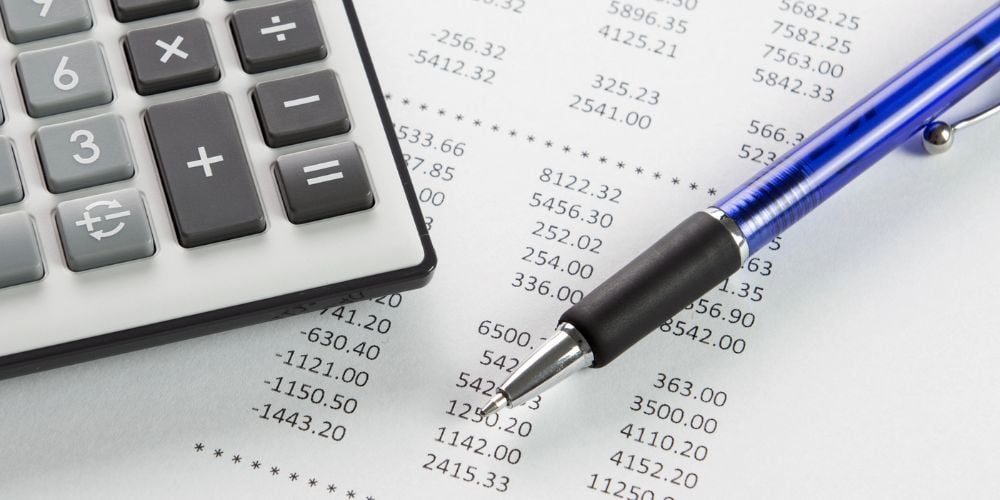If you navigate the world of business and finance, you’re likely to encounter terms and concepts that may seem daunting at first.
One of those key terms is the ‘Operating Cycle.’ By the end of this article, you’ll not only understand what is the operating cycle is but also how to calculate it.
What Is the Operating Cycle?
Before we dive into the mechanics of calculation, we need to know what we’re dealing with. An operating cycle can be understood as the average time a business takes to make a sale, collect the payment from the customer, and convert the resources used into cash.
Two main components create the foundation of an operating cycle. The first one is the ‘Inventory Period,’ which is the time taken to sell the inventory.
The second is the ‘Accounts Receivable Period,’ which is how long it takes for a business to collect its dues following a credit sale. When we add up both these durations, we get the length of the operating cycle.
The Significance of Operating Cycle
You may ask, why do we need to bother about this operating cycle? It might seem like an academic exercise, but understanding the operating cycle holds genuine value for any business.
The operating cycle provides insights into a company’s liquidity and efficiency. If a firm’s operating cycle is short, then it indicates efficient management of working capital, suggesting that the company is not tying up its cash in inventory or waiting too long to collect receivables.
On the other hand, a longer operating cycle might hint at potential issues that require attention. Perhaps the company has surplus inventory or is not effective in collecting payments from its customers.

Knowing both ends of this spectrum can help a business make sound and informed decisions.
How to calculate the Operating Cycle?
Now that we understand what an operating cycle is and why it matters, let’s delve into its calculation. The operating cycle is given by the formula:
Operating Cycle = Inventory Period + Accounts Receivable Period
The ‘inventory period’ measures how many days on average the inventory remains in the system before it’s sold. The ‘accounts receivable period’ is the average number of days it takes for a firm to collect cash from its customers after a sale has been made.
By adding these two periods, we arrive at the length of the operating cycle. Remember, however, that an operating cycle can be influenced by a variety of factors including industry norms, market conditions, and business practices.
The Impact of a Short or Long Operating Cycle
Let’s decipher what a short or long operating cycle means for a business.
If a company has a short operating cycle, it indicates that the firm can quickly convert its inventory into sales and then into cash. That’s a good sign, showing operational efficiency and strong liquidity.
On the downside, a short cycle could mean the company is losing out on opportunities to use credit terms for its benefit. It might also mean the firm is not maintaining enough inventory to meet the potential surge in demand.
Speaking of a long operating cycle, it suggests that the company is taking too long to sell its inventory and collect cash from customers. This could indicate problems in inventory management or inefficiency in collecting receivables.
On the upside, a longer operating cycle means the company is more likely to leverage credit terms with their suppliers. It also means that the company might have a buffer of inventory to meet unexpected demands.
Clearly, a delicate balance is required in managing the operating cycle. While the industry norms provide a benchmark, each company should calibrate its operating cycle to its unique realities and trade-offs.

Frequently Asked Questions
What is an operating cycle and why is it important?
An operating cycle is the average time it takes for a business to make a sale, collect the payment from the customer, and convert the resources used into cash. It’s important as it provides insights into a company’s liquidity, efficiency, and working capital management.
How do you calculate the operating cycle?
The operating cycle is calculated by adding the inventory period (time taken to sell the inventory) and the accounts receivable period (time taken to collect payment after a credit sale).
What does a longer or shorter operating cycle indicate?
A shorter cycle indicates quick conversion of inventory into sales and then into cash, suggesting operational efficiency and strong liquidity. A longer cycle might indicate inefficiency in inventory management or difficulty in collecting receivables.
Can a company influence its operating cycle and how?
Yes, a company can influence its operating cycle through effective management of inventory, efficient collection of receivables, and leveraging credit terms with suppliers.
What is the relationship between operating cycle and working capital management?
The operating cycle provides inputs for working capital management. A shorter operating cycle can free up working capital, while a longer one might tie up more capital in inventory and receivables.
Conclusion
In the realm of business finance, understanding the concept of the operating cycle is not just about processing a formula; it’s about comprehending a company’s efficiency, liquidity, and overall financial health.
An operating cycle is one more valuable tool in the toolkit of financial analysis that helps businesses make wiser, more informed decisions. Once businesses master this, they can better navigate the financial seas – a victory for all stakeholders.


 Tags:
Tags:










